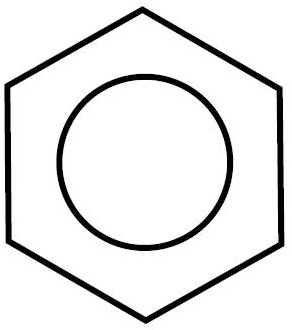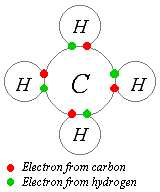Esters:
- End with -anoate (ie. propyl Methanoate)
- The -anoate part is counted through the double bonded oxygen
- One of the simplest esters is ethyl methanoate:
Here are some common structural diagrams of Esters. See if you can identify the compound name! The answers will be on the bottom.
Answers: 1) Propyl Methanoate
2) Ethyl Propanoate
3) 1,2 Dimethyl Propyl Propanoate
We also learned about Esterification! It's actually pretty cool and easy!
The only thing you need to remember with Esterification is that it is formed by the reaction of a carboxylic acid (doubled bonded oxygen + OH) and an alcohol. This produces H2O!
Basically this is what esterification is:
And thats how you do it :) NOW TIME TO ACE THIS ORGANIC CHEMISTRY TEST!
Here is a video reviewing everything in organic chemistry!
Post By Ren Ren






















































